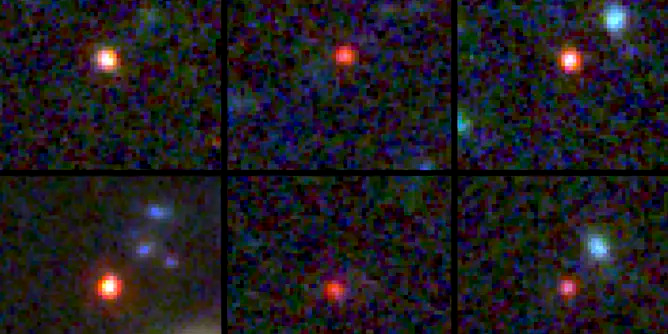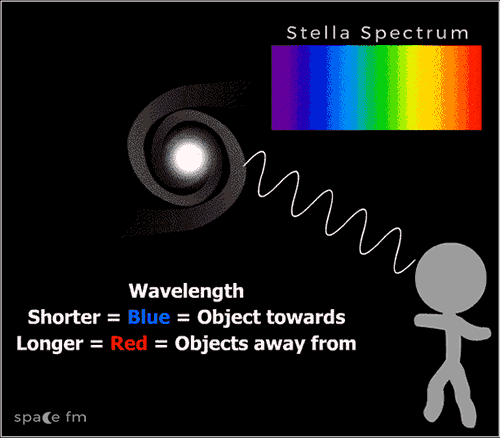Impossible Galaxies
Good evening everyone:
With apologies for a return to the cosmos – and the extraordinary new perspectives being generated by the Webb telescope. You be the judge, though, if the headline from the February 22nd edition of Popular Mechanics doesn't justify our attention – “Uh, James Webb Found Some Galaxies that Technically Shouldn’t Exist.”
So, here are the images – on first blush, it’s difficult to tell whether it’s from space or simply a poorly-focused image of Caroline's son’s Lite Brite toy:

The article, written by Jackie Appel, described the image as revealing a "group of impossible galaxies." But not in the sense of the faux burger. Instead, in the sense of challenging long-standing models of how galaxies should present themselves to us. Indeed, some astronomers are terming them as “universe breakers.”
Astronomers believe that these six formed quite early in cosmological time - approximately 500-700 million years after the Big Bang. Given current constructs, however, they are "too red to be as bright as they are, and too bright to be as red as they are."
Although I assume that that is crystal clear for everyone, it's helpful to know that as time unfolded after the big bang, the universe expanded, with objects moving farther and farther away from us. As they do that, the light they produce is stretched out. And as light is stretched out, it appears to us as more and more red - which is termed "redshift."

So far, so good. We’re getting red images because the objects are very old and very far away.
But the kicker is that the brightness of the bodies tells scientists that they are very very large – evidently, each is the size of our own Milky Way. And, according to cosmological articles of faith, galaxy objects as old as these shouldn't be big – in the highly technical words of one scientist, "there shouldn't have been enough stuff present in the universe that early to form these things." Indeed, another stated, "These galaxies being real would disagree with about 99 percent of our current models of the early universe."
Hence, impossible galaxy. A term soon to take its place along black holes, red dwarfs, quasars, and unidentified airborne objects. Certitude is a dangerous place to be.
Rip